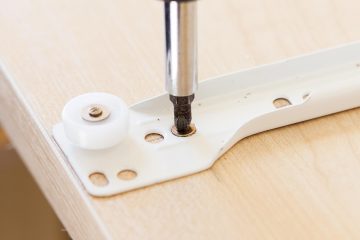They are on the front of many pieces of furniture, making people’s lives easier. Seemingly a trivial element, yet so important in everyday life. It is touched many times each day, from reaching for a coffee mug in the morning to closing a toothbrush in the bathroom dressing table in the evening. But it is not only functionality and comfort that is worth noting, but also the style it brings to a room. In this article, the characteristics of the handles in question will be presented in order to broaden our knowledge about them.
Types
There are many types of furniture handles available in furniture shops. The most popular include:
– Knobs
-Recessed handles
-Relings
– Stylish knockers
-Edge handles
Each, although created for the same purpose, provides a different look and functional convenience. The aim of this is to create a wider range of satisfied customers – there is something for everyone.
Push to open
This is a modern method fitted to cabinets which makes them easier to open. A gentle push is enough to open the cabinet and pull out what you want. This is ideal if you have a lot of heavy items inside, especially fragile and breakable items. The cabinet will open gently and gracefully, leaving your treasures in the space intact.
Characteristics
The appearance of handles, as previously mentioned, can contribute a lot to the design of a room. Nowadays, special details such as engraved lettering, patterns, ornate compositions, gilding or even retro-style floral details can be added to the handles. The choice depends on the recipient’s tastes.
Materials
Whatever it is, it has to be strong and durable; otherwise it can easily get damaged mechanically during everyday use. Materials used in production include:
– Wood
-Metals
-Plastics
-Porcelain
Nowadays, many materials are coated with additional substances which help furniture handles to survive in impeccable condition. Matt coatings, patinas or hydrophobic substances which protect materials against the damaging effects of water and chemicals are only a few of the many protective measures available. They are mainly suitable for places that are highly exposed to increased concentrations of the above-mentioned compounds, such as bathrooms, kitchens and various workshops.


